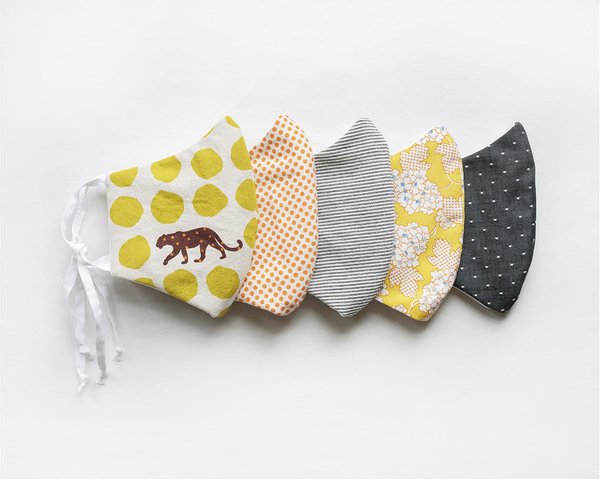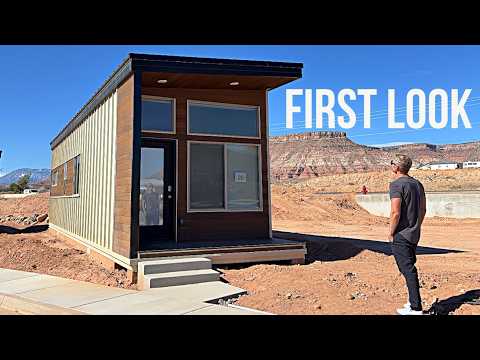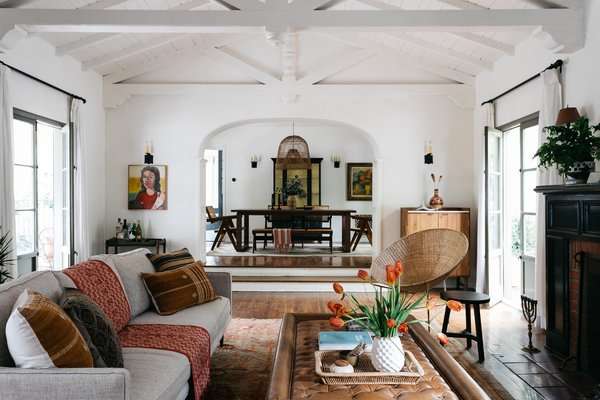Crafters and designers are offering DIY instructions and options to “buy one, give one.”

When New York City photographer Juliana Sohn found herself recovering from COVID-19 in the early days of the lockdown, she started to realize the importance of face coverings. “At that point, the messaging was that ordinary citizens should not be buying or wearing masks,” she says. But after her recovery, Sohn recognized the risk of not wearing one: “I realized that I had probably been infectious for several days prior to showing symptoms. I had been out shopping like crazy to stockpile food and supplies for what looked like an impending lockdown. I imagined the number of people I could have unintentionally infected.”

For photographer Juliana Sohn, who’s also skilled at sewing, making masks for family and friends was the natural thing to do.
Photo by Juliana Sohn
This topic soon became hotly debated, but “it would take the CDC two more weeks [until April 3rd] to change their messaging,” explains Sohn. Despite this delay, she decided to focus her creative energy into researching and sewing masks and face coverings using her fabric —documenting the process with a step-by-step tutorial on her Instagram page to spread the word and encourage others to make their own. This inadvertently turned the now out-of-work Sohn into a “mask activist” (or a “maskavist” as she’s been called by friends). “I want it to become the norm for everyone to wear a mask during this pandemic,” she says. “The more that people see other people wearing masks, the more that they will do it too.”

“I think using the term ‘face covering’ is good because it encourages people to use anything to cover up,” says Sohn.
Photo by Juliana Sohn
Now, CDC recommends “wearing cloth face coverings in public settings where other social distancing measures are difficult to maintain (e.g., grocery stores and pharmacies), especially in areas of significant community-based transmission” to help slow the spread of the virus. The change in terminology to “face covering” is a positive move because it encourages people to use any kind of fabric to cover up.
Culturally, masks have been common in parts of Asia (which was hard-hit by SARS and MERS) for years—and that may have helped slow the spread of COVID-19 in these regions. Dr. Neil Fishman, the chief medical officer of the Hospital of the University of Pennsylvania, told The New York Times, “What we do know is that individuals can shed virus about 48 hours before they develop symptoms and masking can prevent transmission from those individuals.”

When Jenny Cooper, former Crewcuts designer and owner of zero-waste coffee shop IXV Coffee in Brooklyn, had to close her business because of the pandemic, she turned to mask making. She donates her creations to healthcare workers and sells them on her website to help offset her expenses.
Photo courtesy of IXV Coffee
See the full story on Dwell.com: Yes, You Should Wear a Face Mask. Here’s How to Get or Make One
Related stories:
- How Is the Pandemic Changing the Housing Market?
- How to Safely and Efficiently Tackle Laundry During the Coronavirus Pandemic
- Practicing Sustainability Is Easier Than You Think With These Handy Guides





